Photographs of Koja Camp overlooking Lake Victoria in Uganda where Polish refugees lived between 1942 and 1950.
In the wake of the Soviet Union’s invasion of Poland in September 1939, about one million Polish citizens were forcibly removed to the interior of Russia, including forced labor camps in Siberia. After the Soviet Union joined the Allies in 1941, it agreed to release some of those Polish citizens. Over 115,000 Poles made it to Iran from which they were relocated to places such as Mexico, New Zealand, Palestine, East Africa, and India.
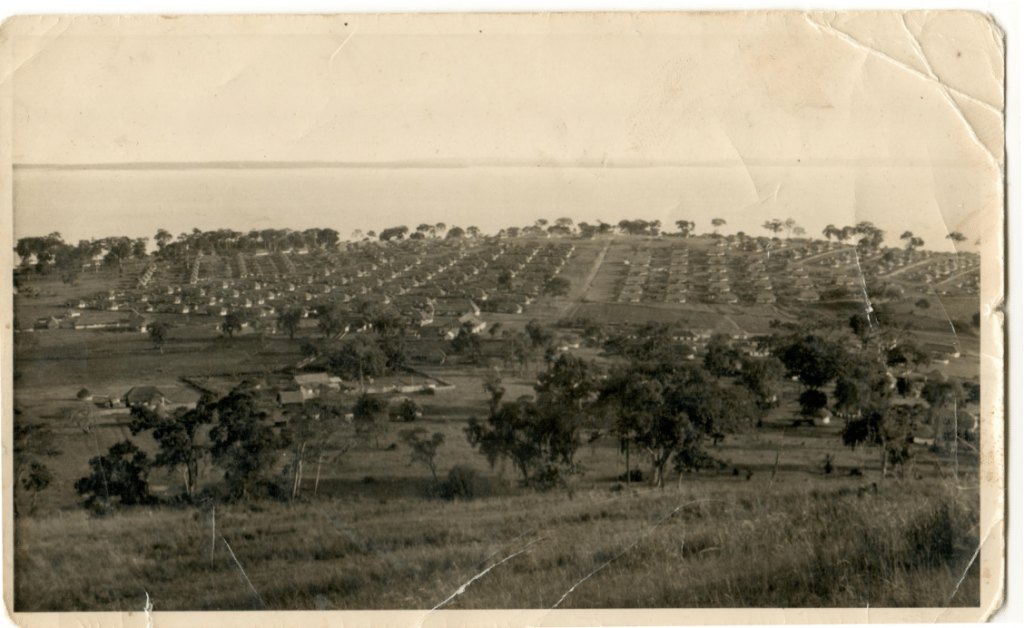
Between 1941 and 1945, 19,000 women, children, and men unable to fight were settled in 18 refugee camps throughout Kenya, Tanzania and Uganda. The photographs on this page are of the Polish refugee camp in Koja, Uganda. The photograph above shows the Koja camp, which overlooked Lake Victoria. Consisting of 700 acres on a hilly peninsula, this settlement accommodated 3,000 refugees. Relatively self-contained, the inhabitants grew their own vegetables and raised chickens. The children attended schools where they took exams established by the Polish Examination Board. Polish doctors and nurses also cared for the sick.
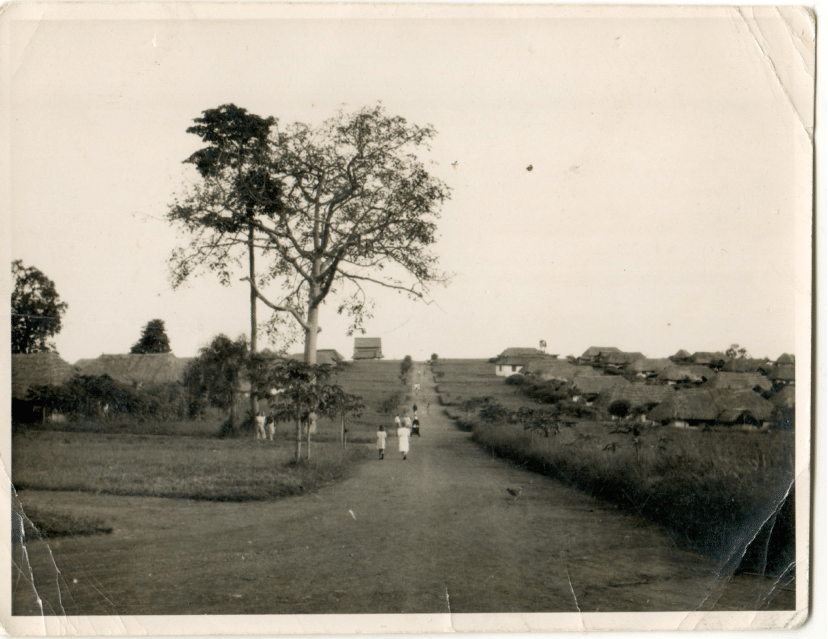
This photographs shows one of the main streets that ran through the camp. It was deliberately spread out so that it would not look like a military barracks or prison.
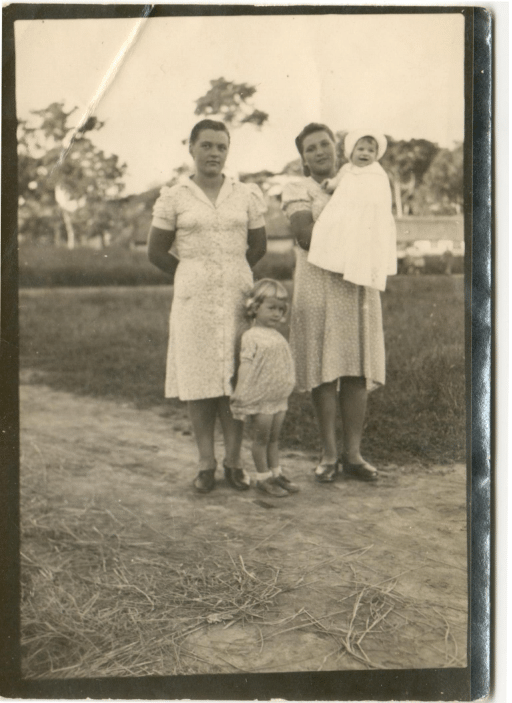
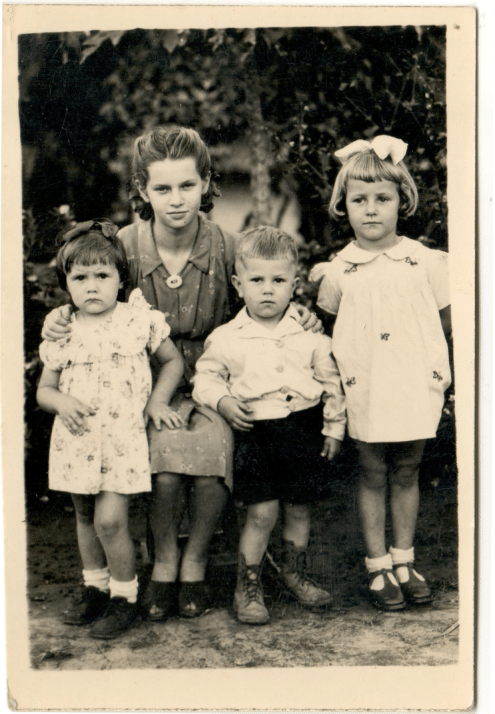
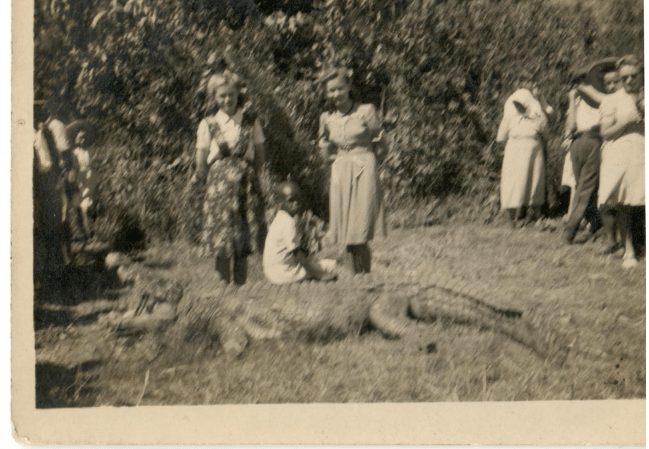
In this photo, Polish refugees encounter one of the local crocodiles, which along with anacondas, were a familiar sight in and around the camp in Koja.
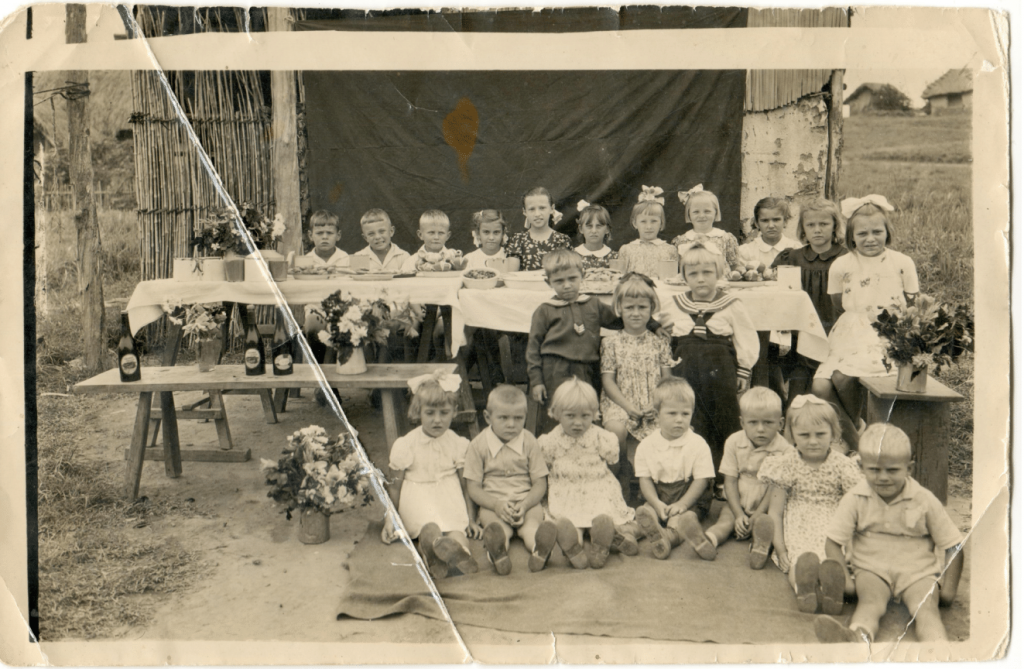
A group of Polish children pose for a photograph.
Authors: Denielys Castellano, Nursing major, and Manuerida D. Severino Encarnacion, Biology major, Elms College.